The Ultimate Guide to Eco-Friendly Gardening
Are you a gardening enthusiast who wants to make a positive impact on the environment? Look no further! This comprehensive guide will provide you with all the information you need to create an eco-friendly garden that is both beautiful and sustainable.
Gardening is not just about cultivating plants; it is a way to connect with nature and contribute to a healthier planet. By adopting eco-friendly practices, you can minimize your carbon footprint, conserve water, and promote biodiversity in your garden.
Why Choose Eco-Friendly Gardening?
Eco-friendly gardening is more than just a trend; it is a responsible way to care for the earth. Traditional gardening methods often rely on harmful chemicals and excessive water usage, which can harm the environment and wildlife. By embracing eco-friendly practices, you can create a harmonious ecosystem in your backyard while saving money and resources.
What You Will Learn in This Guide
In this guide, we will cover a wide range of topics related to eco-friendly gardening. You will learn about:
- The benefits of eco-friendly gardening
- Choosing the right plants for your garden
- Creating healthy soil through composting and natural fertilizers
- Conserving water with efficient irrigation techniques
- Managing pests and diseases without harmful chemicals
- Attracting beneficial insects and wildlife to your garden
- Implementing sustainable practices, such as rainwater harvesting and companion planting
By the end of this guide, you will have the knowledge and tools to transform your garden into a thriving, eco-friendly oasis. Let’s get started!
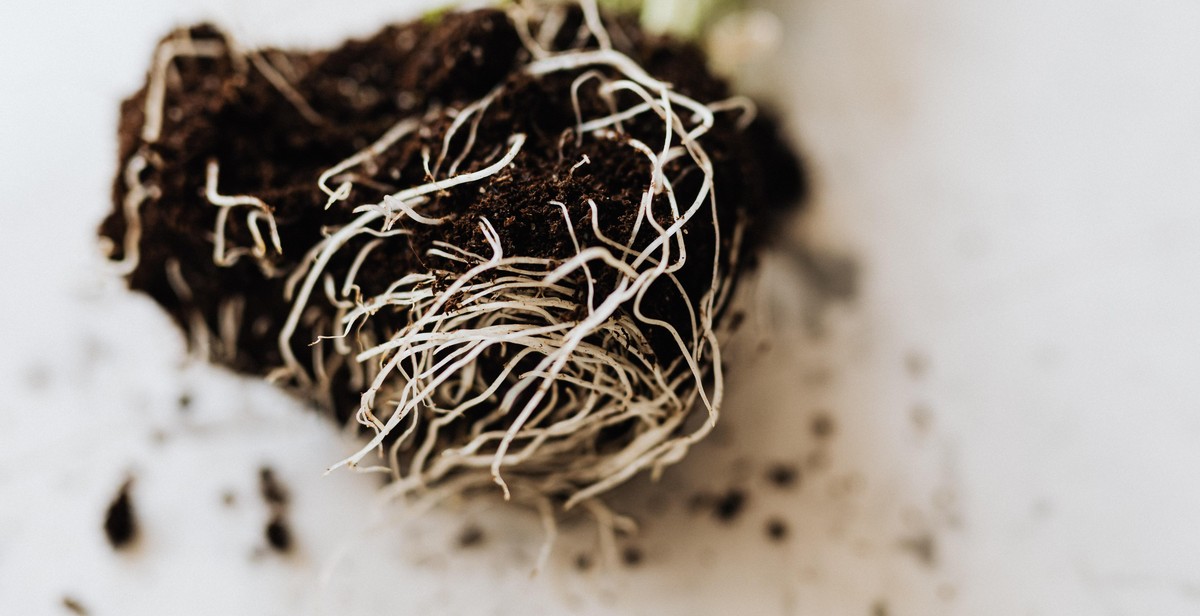
Section 1: Benefits of Eco-Friendly Gardening
1.1 Reducing Environmental Impact
Eco-friendly gardening practices have a significant positive impact on the environment. By avoiding the use of harmful pesticides and chemical fertilizers, eco-friendly gardeners help to protect the soil, water, and air from pollution. This reduces the risk of harmful chemicals seeping into groundwater and contaminating nearby ecosystems. Additionally, eco-friendly gardening promotes sustainable practices such as composting and mulching, which improve soil health and reduce waste. By minimizing the use of synthetic materials and embracing organic alternatives, eco-friendly gardeners play a vital role in preserving the delicate balance of our ecosystems.
1.2 Conserving Water
Water scarcity is a growing concern worldwide, making water conservation an essential aspect of eco-friendly gardening. By implementing water-saving techniques like drip irrigation and rainwater harvesting, eco-friendly gardeners can significantly reduce water consumption. Choosing native plants that are adapted to local climate conditions also helps in conserving water, as they require less watering and are more resilient. Moreover, eco-friendly gardeners prioritize soil moisture retention through the use of organic mulches, allowing plants to thrive with less water. Conserving water not only benefits the environment but also reduces water bills, making eco-friendly gardening a cost-effective choice.
1.3 Promoting Biodiversity
Eco-friendly gardening supports biodiversity by creating a welcoming habitat for various plant and animal species. By avoiding the use of harmful chemicals, eco-friendly gardeners encourage the presence of beneficial insects, birds, and pollinators. Planting a diverse range of native plants provides food and shelter for these creatures, ensuring a balanced ecosystem. Biodiversity is crucial for maintaining the health and resilience of our environment. By embracing eco-friendly gardening practices, we can contribute to the conservation of endangered species and create a harmonious coexistence between humans and nature.
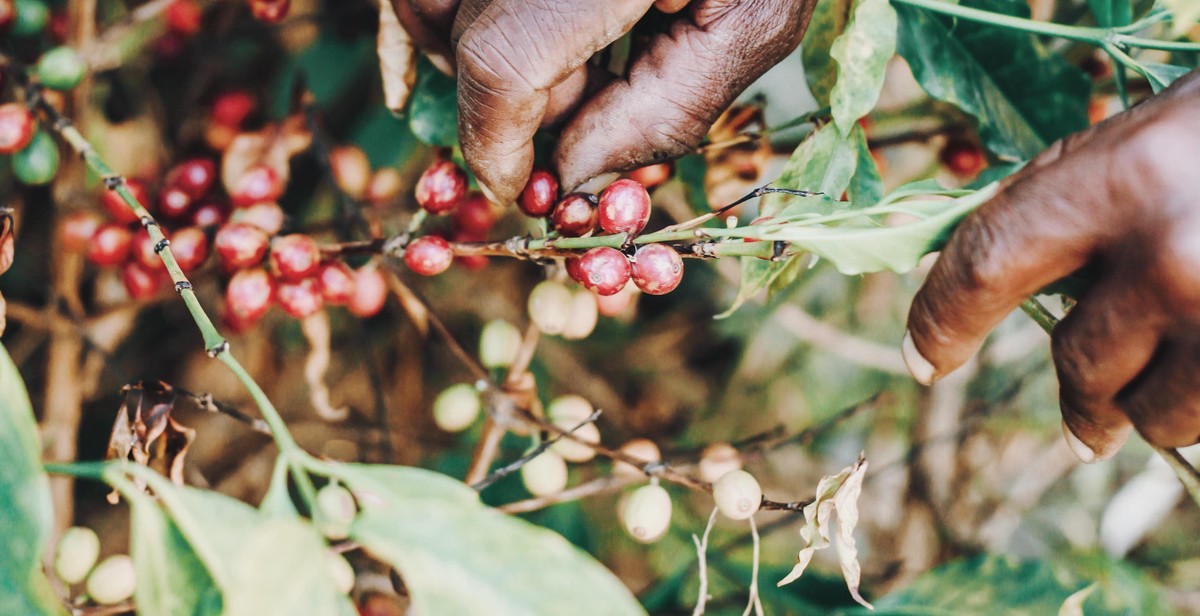
Section 2: Essential Practices for Eco-Friendly Gardening
2.1 Organic Gardening
Organic gardening is a fundamental practice for eco-friendly gardening. By avoiding synthetic chemicals and pesticides, you can create a healthy and sustainable garden ecosystem. Here are some essential practices to follow:
- Use organic fertilizers: Opt for natural alternatives like compost, manure, or organic fertilizers to nourish your plants.
- Practice crop rotation: Rotate your crops each year to prevent soil depletion and reduce the risk of pests and diseases.
- Encourage beneficial insects: Attract pollinators and pest predators by planting native flowers and providing habitats like bee houses.
- Practice companion planting: Planting compatible species together can help deter pests and enhance nutrient uptake.
2.2 Composting
Composting is a vital practice for eco-friendly gardening as it reduces waste and enriches the soil naturally. Consider the following composting techniques:
- Collect kitchen scraps: Save fruit and vegetable scraps, coffee grounds, and eggshells to create nutrient-rich compost.
- Add yard waste: Include grass clippings, leaves, and small prunings to balance the carbon-to-nitrogen ratio in your compost pile.
- Aerate and turn: Regularly mix and turn your compost pile to provide oxygen for decomposition and speed up the process.
- Use compost wisely: Apply compost to your garden beds as a natural soil amendment, improving its structure and fertility.
2.3 Water Conservation Techniques
Conserving water is crucial for sustainable gardening. Implement the following techniques to minimize water usage:
- Install a rainwater harvesting system: Collect rainwater in barrels or tanks to use for watering your garden during dry periods.
- Water deeply and infrequently: Instead of frequent light watering, deeply irrigate your plants to encourage deep root growth.
- Mulch your garden: Apply a layer of organic mulch around plants to retain moisture, suppress weeds, and regulate soil temperature.
- Use drip irrigation: Install a drip irrigation system that delivers water directly to plant roots, minimizing evaporation and runoff.
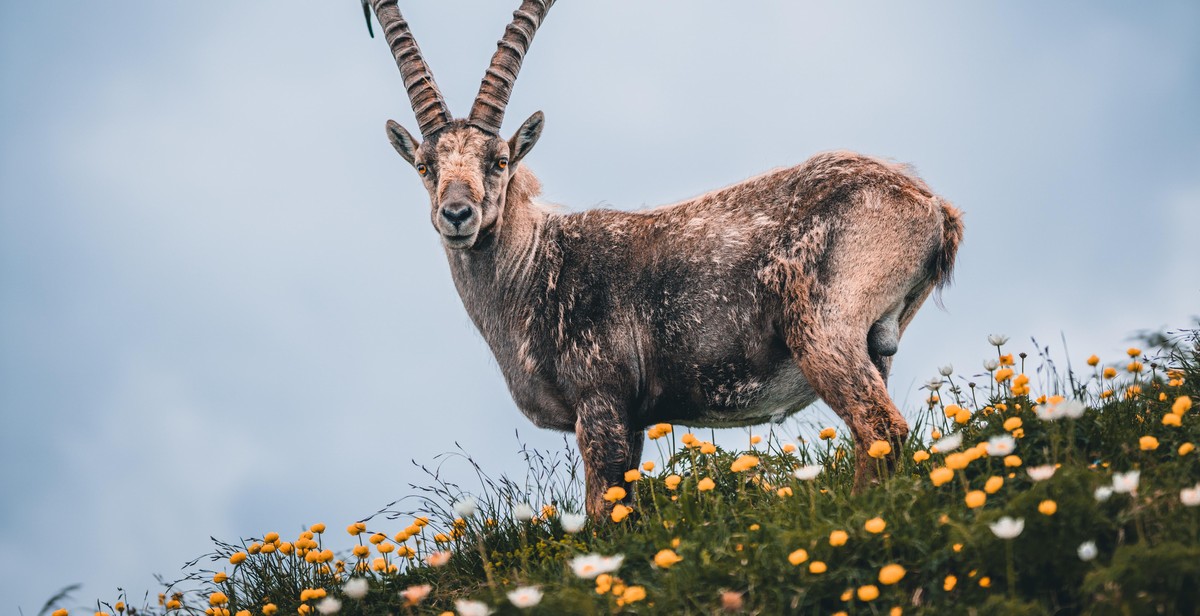
Section 3: Choosing Eco-Friendly Plants
3.1 Native Plants
When it comes to eco-friendly gardening, native plants are a top choice. These plants are naturally adapted to the local climate and soil conditions, making them more resilient and requiring less maintenance. Native plants also provide habitat and food for local wildlife, promoting biodiversity in your garden.
3.2 Drought-Tolerant Plants
Conserving water is crucial in eco-friendly gardening, especially in areas prone to drought. By selecting drought-tolerant plants, you can significantly reduce water usage and still have a beautiful garden. These plants have evolved to survive in arid conditions and can thrive with minimal watering. Some popular drought-tolerant options include succulents, lavender, and ornamental grasses.
3.3 Pest-Resistant Plants
Using chemical pesticides can harm beneficial insects and pollinators. Instead, opt for pest-resistant plants that naturally deter pests, reducing the need for harmful chemicals. Plants like marigolds, garlic, and chrysanthemums contain compounds that repel insects. Additionally, companion planting can help protect vulnerable plants by attracting beneficial insects that prey on pests.
By incorporating native plants, drought-tolerant plants, and pest-resistant plants into your garden, you can create a sustainable and eco-friendly outdoor space. These choices not only benefit the environment but also promote a healthy and thriving garden.

Section 4: Natural Pest Control Methods
4.1 Companion Planting
Companion planting is a natural pest control method that involves growing certain plants together to repel pests or attract beneficial insects. For example, planting marigolds near tomatoes can deter nematodes, while planting basil near tomatoes can repel aphids. By strategically choosing companion plants, you can create a natural barrier against pests and reduce the need for chemical pesticides.
4.2 Biological Controls
Biological controls involve introducing natural predators or parasites to eliminate pests. Ladybugs, for instance, are known to feed on aphids, while nematodes can target soil-dwelling pests like grubs. By encouraging these beneficial organisms to thrive in your garden, you can maintain a natural balance and keep pest populations in check without resorting to harmful chemicals.
4.3 Homemade Organic Pest Sprays
Creating homemade organic pest sprays is a cost-effective and eco-friendly way to control pests in your garden. Common ingredients include garlic, neem oil, vinegar, and soap. These sprays can be used to repel or kill pests, depending on the recipe. For instance, a mixture of garlic and water can deter aphids, while a neem oil and soap solution can control spider mites. Always test these sprays on a small area before applying them to your entire garden.
By utilizing these natural pest control methods, you can maintain a healthy and thriving garden while minimizing harm to the environment.

Section 5: Water Conservation Techniques
5.1 Mulching
Mulching is a simple yet effective technique to conserve water in your garden. By applying a layer of organic mulch, such as wood chips or straw, around your plants, you can reduce evaporation and keep the soil moist for longer periods. Mulch also helps to suppress weed growth, which competes with plants for water. Additionally, organic mulch enriches the soil as it decomposes, improving its water-holding capacity.
5.2 Rainwater Harvesting
Rainwater harvesting is an excellent method to reduce reliance on municipal water sources. By installing a rainwater collection system, you can capture and store rainwater for later use in your garden. This not only conserves water but also reduces your water bill. Place rain barrels or cisterns strategically to collect rainwater from rooftops or other surfaces. Ensure proper filtration and use a pump if necessary to distribute the collected rainwater efficiently.
5.3 Efficient Irrigation Systems
Efficient irrigation systems play a crucial role in water conservation. Drip irrigation and soaker hoses are highly efficient methods that deliver water directly to the plant’s root zone, minimizing evaporation and runoff. These systems can be automated with timers or moisture sensors to ensure precise watering based on your garden’s needs. Avoid using sprinklers, as they waste water through evaporation and can promote weed growth.
By implementing these water conservation techniques, you can significantly reduce water usage in your garden while still maintaining healthy plants.
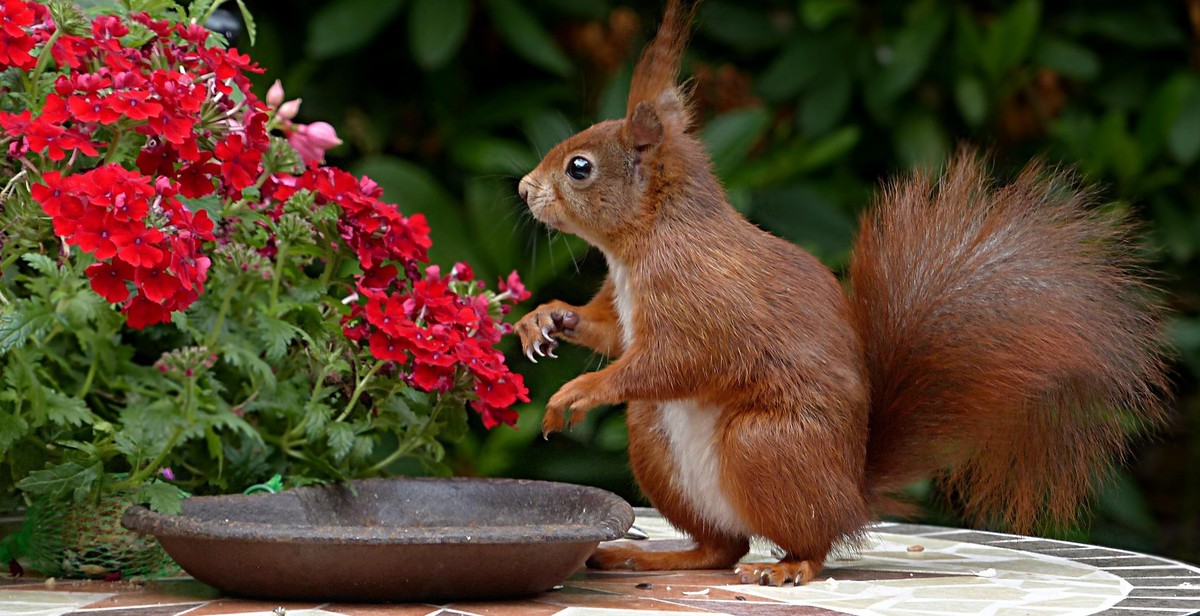
Section 6: Creating a Wildlife-Friendly Garden
Creating a wildlife-friendly garden not only enhances the beauty of your outdoor space but also plays a crucial role in supporting local ecosystems. By providing food, shelter, and creating pollinator-friendly spaces, you can attract a variety of wildlife to your garden. Here are some tips to help you create a wildlife-friendly garden:
6.1 Providing Food and Shelter
Include a variety of plants that produce seeds, berries, or nectar throughout the year to provide a consistent food source for wildlife. Native plants are particularly beneficial as they are well-suited to local wildlife. Additionally, consider adding birdhouses, bat boxes, and insect hotels to provide shelter for different species.
6.2 Installing Bird Feeders and Houses
Installing bird feeders and houses can attract a diverse range of bird species to your garden. Place feeders in different locations and provide a variety of food options to cater to different bird preferences. Birdhouses should be strategically placed to provide shelter and safety for nesting birds.
6.3 Creating Pollinator-Friendly Spaces
Planting a variety of flowers, especially those rich in nectar, can attract pollinators such as bees, butterflies, and hummingbirds. Choose native flowering plants and avoid using pesticides to create a safe environment for these important pollinators. Providing water sources like a shallow birdbath can also attract various wildlife species.
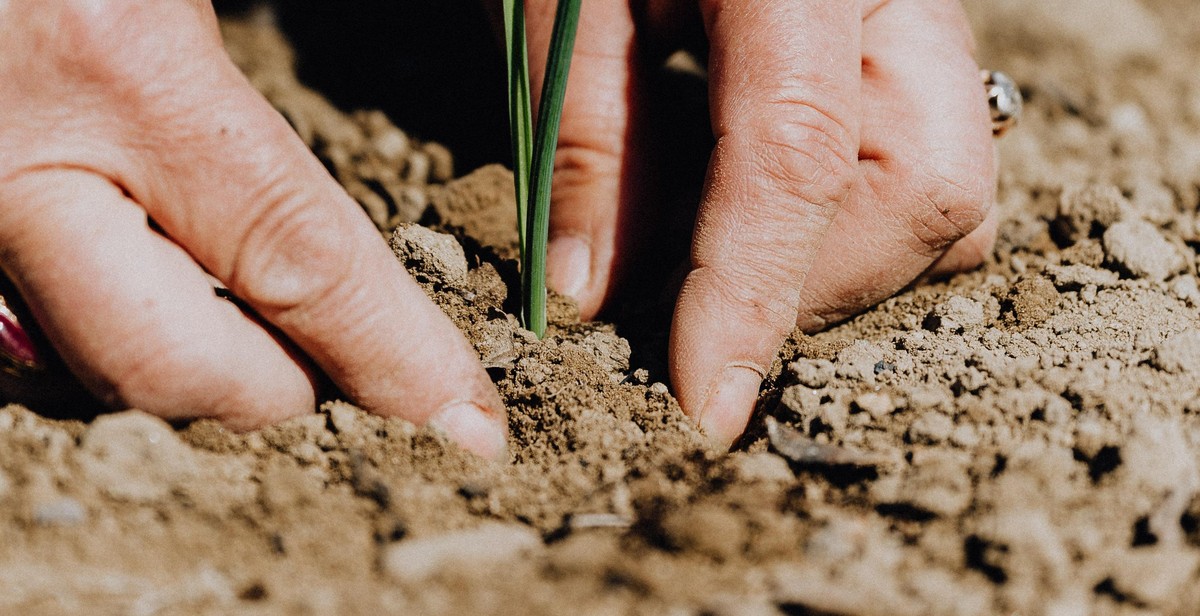
Conclusion
Eco-friendly gardening is not just a trend, but a necessary step towards creating a sustainable future. By implementing the practices and techniques outlined in this ultimate guide, you can play a significant role in preserving the environment, reducing carbon footprint, and promoting biodiversity.
From choosing organic fertilizers and pesticides to conserving water and using renewable resources, every step counts in creating an eco-friendly garden. By opting for native plants, attracting beneficial insects, and practicing companion planting, you can create a thriving ecosystem that requires minimal intervention.
Remember, gardening is a continuous learning process, and making small changes can have a big impact. By composting, recycling, and reducing waste, you can further contribute to a greener lifestyle. Additionally, sharing your knowledge and inspiring others to adopt eco-friendly gardening practices can create a ripple effect and make a difference on a larger scale.
As you embark on your eco-friendly gardening journey, keep in mind that patience and perseverance are key. Your garden may face challenges, but with proper planning and sustainable practices, you can overcome them and create a beautiful, thriving space that benefits both you and the environment.
So, let’s commit to making our gardens more sustainable, one step at a time. Together, we can create a greener, healthier planet for generations to come.
